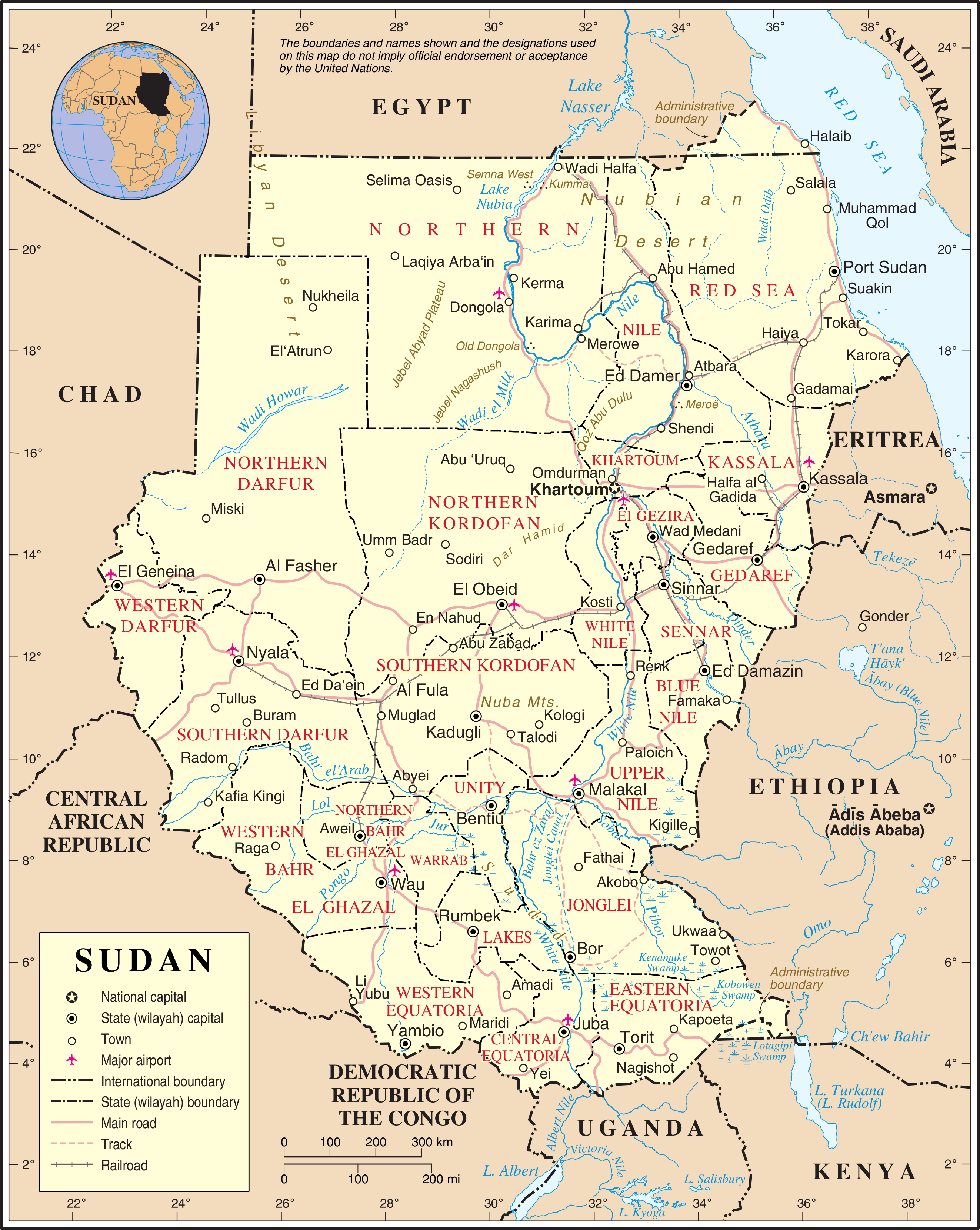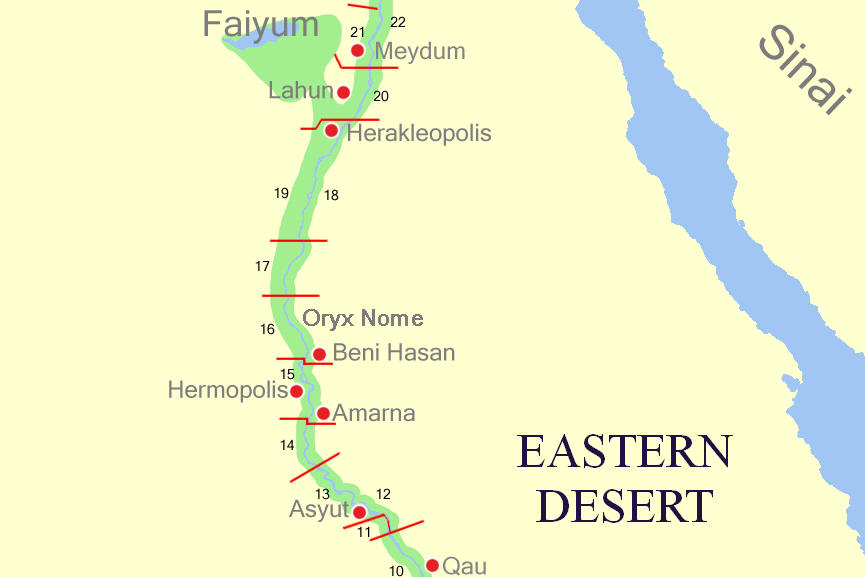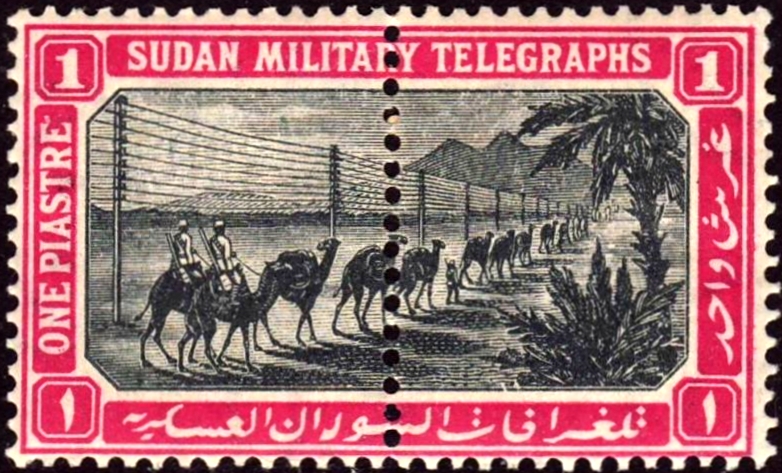|
Kharga Oasis
The Kharga Oasis ( , ) ; , "Oasis of Hib", "Oasis of Psoi") is the southernmost of Egypt's five western oases. It is located in the Western Desert, about 200 km (125 miles) to the west of the Nile valley. "Kharga" or "El Kharga" is also the name of a major town located in the oasis, the capital of New Valley Governorate. The oasis, which was known as the 'Southern Oasis' to the Ancient Egyptians, the 'outer' (''he Exotero'') to the Greeks and Oasis Magna to the Romans, is the largest of the oases in the Libyan desert of Egypt. It is in a depression about 160 km (100 miles) long and from 20 km (12 miles) to 80 km (50 miles) wide. Its population is 67,700 (2012). Overview Kharga is the most modernised of Egypt's western oases. The main town is highly functional with all modern facilities, and virtually nothing left of old architecture. There is extensive thorny date palm, acacia, buffalo thorn, and jujube growth in the oasis surrounding the modern ... [...More Info...] [...Related Items...] OR: [Wikipedia] [Google] [Baidu] |
Temple Of Hibis
The Temple of Hibis is the largest and best preserved ancient Egyptian temple in the Kharga Oasis, as well as the only structure in Egypt dating to the Saite-Persian period (664–404 BCE) which has come down to modern times in relatively good condition. Located about 2 km north of Kharga, it was devoted to a syncretism of two local forms of the deity Amun: "Amun of Hibis" and "Amun- Ra of Karnak who dwells in Hibis". It is alternatively believed to be dedicated to Amun and Osiris, its sanctuary contains depictions of hundreds of Egyptian deities. History The temple of Hibis was once surrounded by the city of Hibis (Egyptian: ''Hebet'', meaning "the plough"), which nowadays lies under the crops. Construction of the temple started during the 26th Dynasty, most likely under Pharaoh Psamtik II, or possibly even earlier, during the 25th Dynasty. Archaeological evidences suggest that an older temple, dating back to the New Kingdom, was already present in the same place. Se ... [...More Info...] [...Related Items...] OR: [Wikipedia] [Google] [Baidu] |
Buffalo Thorn
''Ziziphus mucronata'', known as the buffalo thorn, is a species of tree in the family Rhamnaceae, native to southern Africa. It is deciduous and may grow up to 17 metres tall. It can survive in a variety of soil types, occurring in many habitats, mostly open woodlands, often on soils deposited by rivers, and grows frequently on termite mounds. Its Zulu name “umLahlankosi” alludes to its use as a grave marker for tribal chiefs, while the Afrikaans name “Blinkblaar-wag-'n-bietjie” alludes to the shiny light green leaves and the hooked thorns. Description The buffalo thorn is a small to medium size tree, reaching a height of about , or rarely . The bark is a red-brown (on young stems) or roughly mottled grey, cracked in small rectangular blocks revealing a stringy red underbark. The bark becomes rough and turns to a dark grey or brown colour. The shrub or tree has distinctive zigzag branchlets, armed with pairs of thorns, one hooked and the other straight. In some instanc ... [...More Info...] [...Related Items...] OR: [Wikipedia] [Google] [Baidu] |
Selima Oasis
Selima Oasis is an oasis in the Sudan located west of the Third Cataract of the Nile and the ancient site of Amara West. It lies along the Darb al-Arbaʿīn (Forty Days' Road), a desert track linking Kordofan with Egypt. Just to the north of Selima, the track splits into a northern route going to Kharga Oasis and a northwestern route going to Dunqul Oasis.Richard Lobban, ''Historical Dictionary of Ancient and Medieval Nubia'' (Scarecrow Press, 2004), p. 347. Geography Selima lies at the base of an escarpment of Jurassic and Cretaceous rock. Around 8300 BC, a freshwater lake formed over the site with depths of . The surrounding vegetation was savannah at the time. The remains of lacustrine fauna and of Palaeolithic artefacts have been recovered from the site. Around 4300, it transitioned to a saltwater ''sabkha'' and by 2700 it had dried up. Today it lies over the Nubian Sandstone Aquifer System.Friederike Jesse, Coralie Gradel and Franck Derrien"Archaeology at Selima Oasis, Northe ... [...More Info...] [...Related Items...] OR: [Wikipedia] [Google] [Baidu] |
Asyut
AsyutAlso spelled ''Assiout'' or ''Assiut''. ( ' ) is the capital of the modern Asyut Governorate in Egypt. It was built close to the ancient city of the same name, which is situated nearby. The modern city is located at , while the ancient city is located at . The city is home to one of the largest Coptic Christian communities in the country. History Names and etymology The name of the city is derived from Egyptian language, early Egyptian (late Egyptian, Səyáwt) which became Coptic language, Coptic , meaning "''Guardian''" of the northern approach of Upper Egypt. In Graeco-Roman Ægyptus, Egypt, it was called Lycopolis or Lykopolis (, ""), ('wolf city') Lycon, or Lyco. Ancient Asyut Ancient Asyut was the capital of the Thirteenth Nome (Egypt), Nome of Upper Egypt (''Lycopolites Nome'') around 3100 BC. It was located on the western bank of the Nile. The two most prominent Egyptian pantheon, gods of ancient Egyptian Asyut were Anubis and Wepwawet, both funerary deities ... [...More Info...] [...Related Items...] OR: [Wikipedia] [Google] [Baidu] |
Al-Fashir
Al-Fashir or El Fasher () is the capital city of North Darfur, Sudan. It is a city in the Darfur region of southwestern Sudan, northeast of Nyala, Sudan. "Al-Fashir" (description) ''Encyclopædia Britannica'', 2007, webpage: A historical Caravan (travellers), caravan post, Al-Fashir is located at an elevation of about . The city serves as an agricultural marketing point for the cereals and fruits grown in the surrounding region. Al-Fashir is linked by road with both Geneina and Umm Keddada. Al-Fashir had 264,734 residents , an increase from 2001, when the population was estimated to be 178,500. UN Habitat reported a population of 500,000 for al-Fashir in 2009, attributing the increase to refugees and economic migrants. Al Fashir University was created in 1990 by decree of President Omar Hassan Ahmed Bashir, and was officially opened in February 1991 in premises west of El Fasher Airport and south of the El Fashir School. History Late in the 18th century, Sultan Abd-er-R ... [...More Info...] [...Related Items...] OR: [Wikipedia] [Google] [Baidu] |
The Sudan
Sudan, officially the Republic of the Sudan, is a country in Northeast Africa. It borders the Central African Republic to the southwest, Chad to the west, Libya to the northwest, Egypt to the north, the Red Sea to the east, Eritrea and Ethiopia to the southeast, and South Sudan to the south. Sudan has a population of 50 million people as of 2024 and occupies 1,886,068 square kilometres (728,215 square miles), making it Africa's third-largest country by area and the third-largest by area in the Arab League. It was the largest country by area in Africa and the Arab League until the secession of South Sudan in 2011; since then both titles have been held by Algeria. Sudan's capital and most populous city is Khartoum. The area that is now Sudan witnessed the Khormusan ( 40000–16000 BC), Halfan culture ( 20500–17000 BC), Sebilian ( 13000–10000 BC), Qadan culture ( 15000–5000 BC), the war of Jebel Sahaba, the earliest known war in the world, around 11500 BC, A-Group ... [...More Info...] [...Related Items...] OR: [Wikipedia] [Google] [Baidu] |
Middle Egypt
Middle Egypt () is the section of land between Lower Egypt (the Nile Delta) and Upper Egypt, stretching upstream from Asyut in the south to Memphis, Egypt, Memphis in the north. At the time, Ancient Egypt was divided into Lower and Upper Egypt, though Middle Egypt was technically a subdivision of Upper Egypt. It was not until the 19th century that archaeologists felt the need to divide Upper Egypt in two. As a result, they coined the term "Middle Egypt" for the stretch of river between Cairo and the Qena Bend. It was also associated with a region termed "#Heptanomis, Heptanomis" (; Greek language, Greek: , in Ptol. iv. 5. § 55; more properly or , in Dionysius Periegetes 251; and sometimes ; meaning "Seven Nomes", a "nome (Egypt), nome" being a subdivision of ancient Egypt), generally as the district which separates the Thebaid, Thebaïd from the Nile Delta, Delta. Middle Egypt today can be identified as the part of the Nile Valley that, while geographically part of Upper Egypt, ... [...More Info...] [...Related Items...] OR: [Wikipedia] [Google] [Baidu] |
Darb El Arba'īn
Darb El Arba'īn () (also called the Forty Days Road, for the number of days the journey was said to take in antiquity) is the easternmost of the great north–south Trans-Saharan trade routes. The Darb El Arba'īn route was used to move trade goods, livestock (camels, donkeys, cattle, horses) and History of slavery, slaves via a chain of oases from the interior of Africa to portage on the Nile River and thence to the rest of the world. The journey from what is now North Darfur, Sudan to what is now Asyut Governorate, Egypt is approximately and usually took closer to 60 days due to the need to rest and water the herd. Traveling by the desert route was more direct, less expensive and safer than the Nile route. The desert between the Nile River#Yellow Nile, Yellow Nile Wadi Howar, riverbed in north Sudan and the Geography of Egypt#Natural region, limestone plateau of Middle Egypt receives average annual precipitation of less than 5 mm a year "and a frequency of 30 to 40 ye ... [...More Info...] [...Related Items...] OR: [Wikipedia] [Google] [Baidu] |
Trade Route
A trade route is a logistical network identified as a series of pathways and stoppages used for the commercial transport of cargo. The term can also be used to refer to trade over land or water. Allowing goods to reach distant markets, a single trade route contains long-distance arteries, which may further be connected to smaller networks of commercial and noncommercial transportation routes. Among notable trade routes was the Amber Road, which served as a dependable network for long-distance trade. Maritime trade along the Spice Route became prominent during the Middle Ages, when nations resorted to military means for control of this influential route. During the Middle Ages, organizations such as the Hanseatic League, aimed at protecting interests of the merchants and trade became increasingly prominent. In modern times, commercial activity shifted from the major trade routes of the Old World to newer routes between modern nation-states. This activity was sometimes car ... [...More Info...] [...Related Items...] OR: [Wikipedia] [Google] [Baidu] |
AMS - Series P502 - North Africa - NG-36-09 Al Kharijah
AMS or Ams may refer to: Organizations Companies * Alenia Marconi Systems * American Management Systems * AMS (Advanced Music Systems) * ams AG, semiconductor manufacturer * AMS Pictures * Auxiliary Medical Services Educational institutions * Arthur Morgan School, North Carolina, US * Army Medical School, US * Academy of Military Science (People's Republic of China) * Academy of Military Science (United States) * Association of Muslim Schools, global * Antwerp Management School Government agencies * Agricultural Marketing Service, US * Army Map Service, US, later National Geospatial-Intelligence Agency * Army Medical Services, UK Societies and associations * Alma Mater Society of Queen's University, student society, Canada * Alma Mater Society of the University of British Columbia, student society, Canada * American Mathematical Society * American Meteor Society * American Meteorological Society * American Montessori Society * American Musicological Society * The Ancient M ... [...More Info...] [...Related Items...] OR: [Wikipedia] [Google] [Baidu] |
National Oceanic And Atmospheric Administration
The National Oceanic and Atmospheric Administration (NOAA ) is an American scientific and regulatory agency charged with Weather forecasting, forecasting weather, monitoring oceanic and atmospheric conditions, Hydrography, charting the seas, conducting deep-sea exploration, and managing fishing and protection of marine mammals and endangered species in the US exclusive economic zone. The agency is part of the United States Department of Commerce and is headquartered in Silver Spring, Maryland. History NOAA traces its history back to multiple agencies, some of which are among the earliest in the federal government: * United States Coast and Geodetic Survey, formed in 1807 * National Weather Service, Weather Bureau of the United States, formed in 1870 * United States Fish Commission, Bureau of Commercial Fisheries, formed in 1871 (research fleet only) * NOAA Commissioned Corps, Coast and Geodetic Survey Corps, formed in 1917 The most direct predecessor of NOAA was the Enviro ... [...More Info...] [...Related Items...] OR: [Wikipedia] [Google] [Baidu] |







